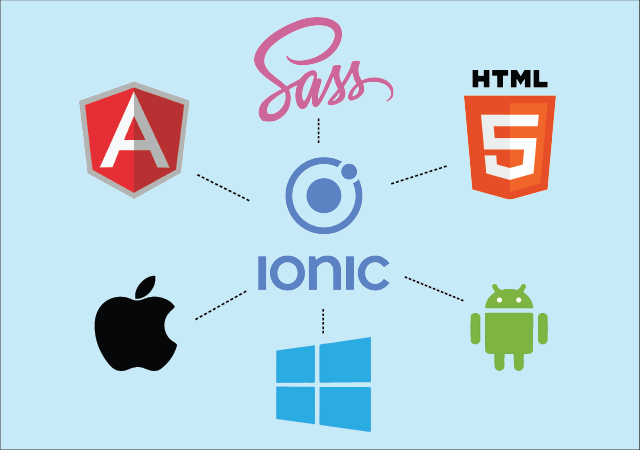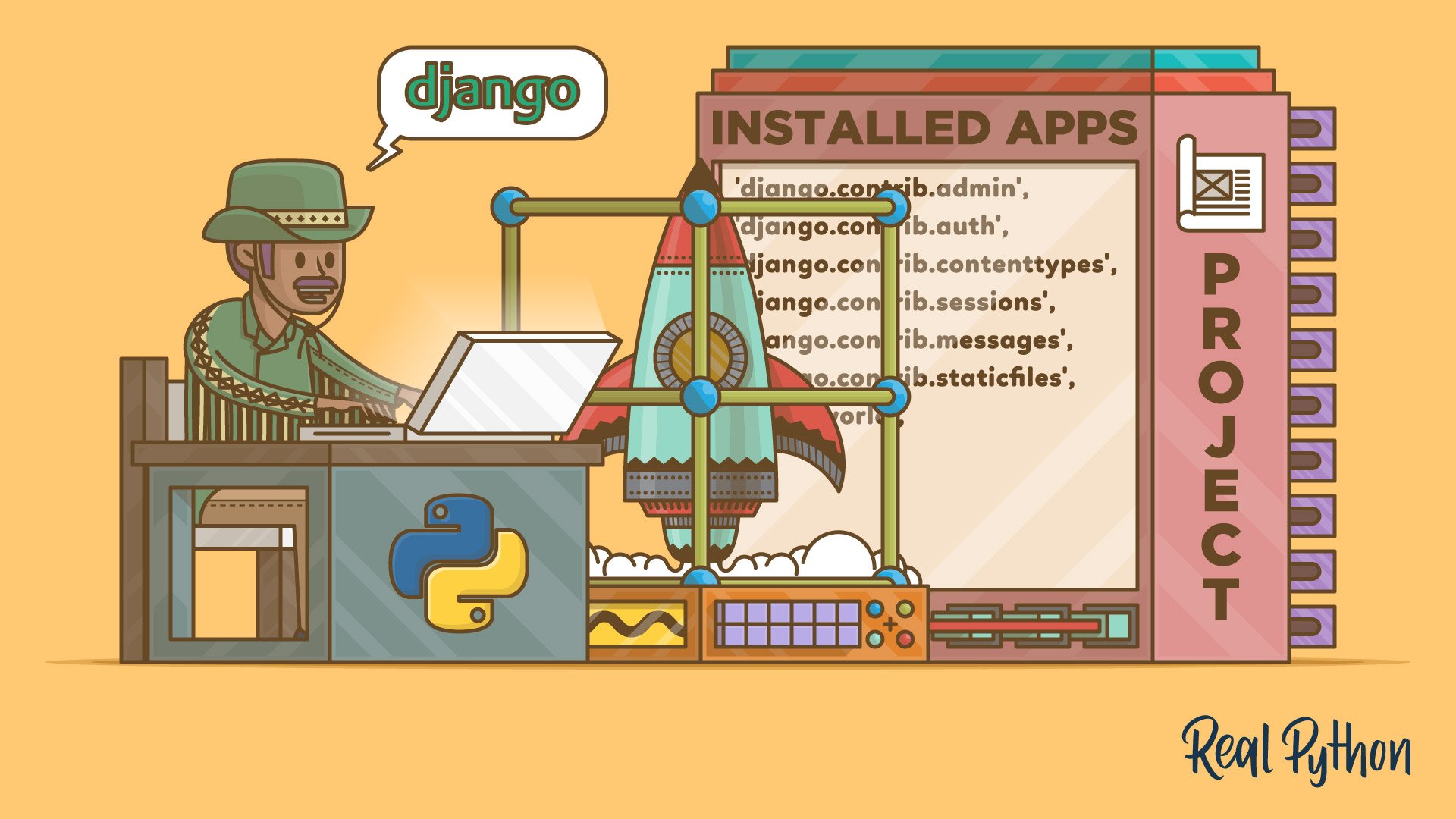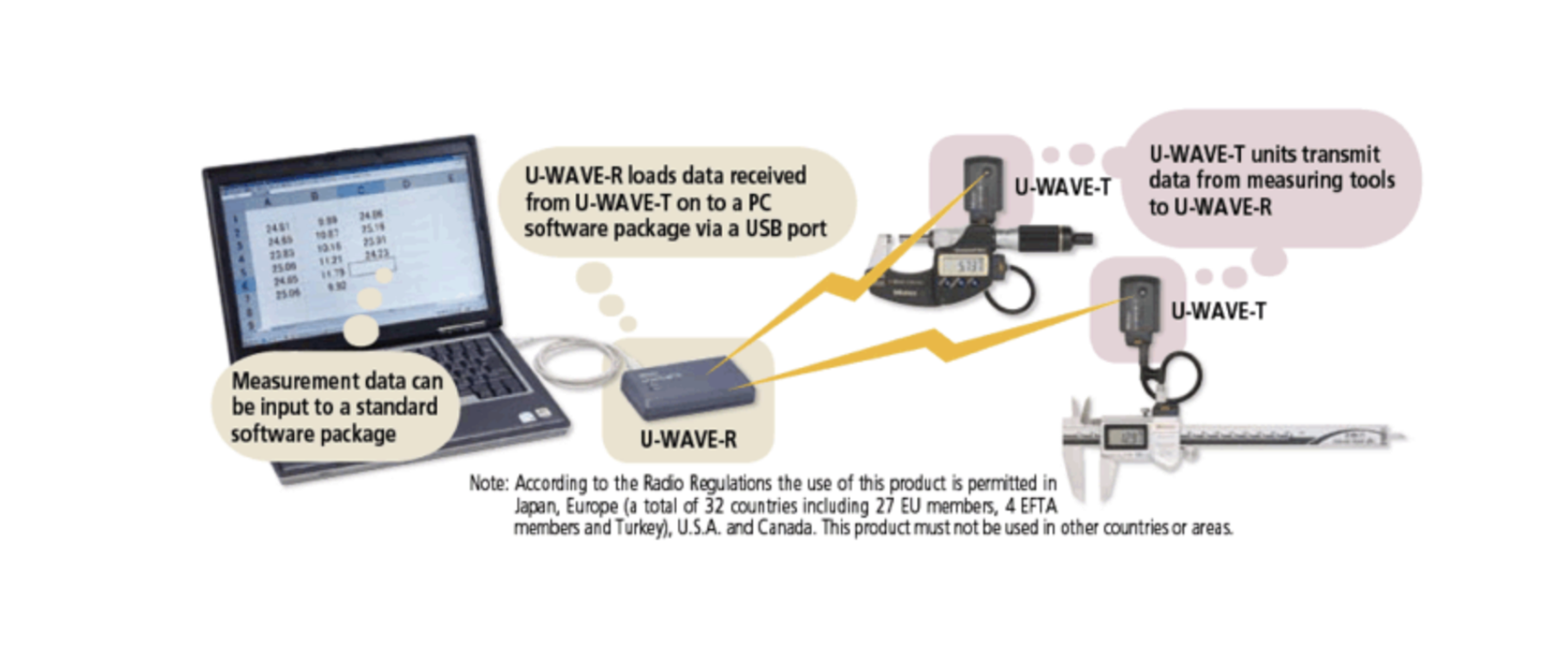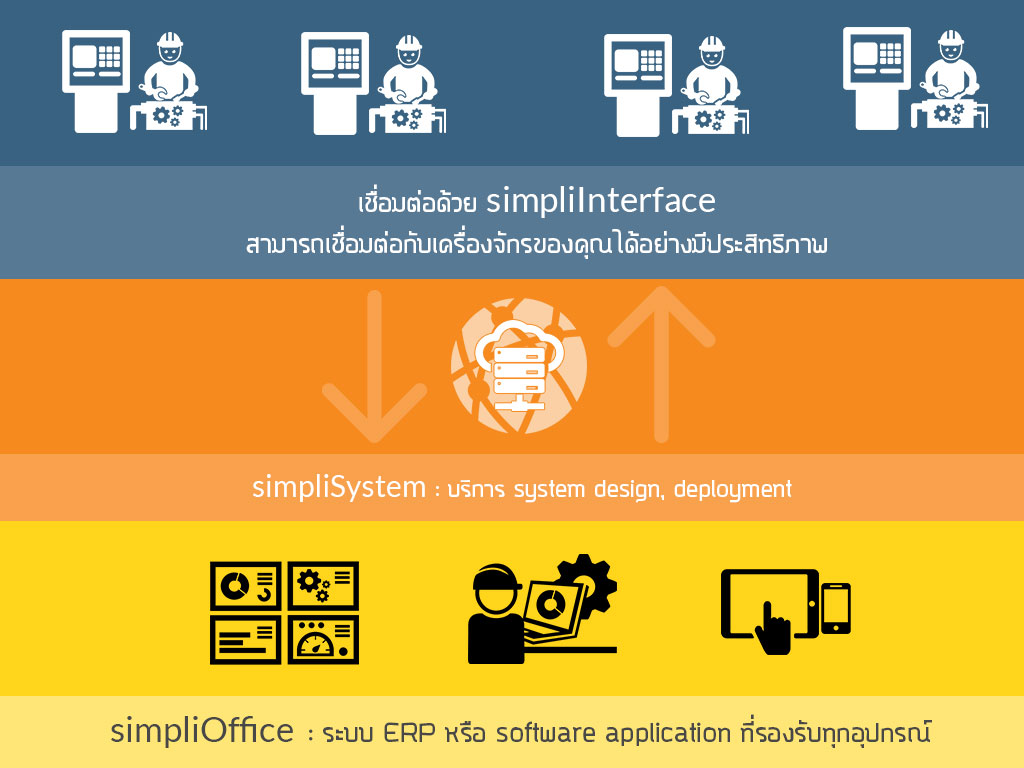Understanding How AI Models Work: A Guide for All Readers
Artificial Intelligence (AI) is widely used today, from chatbots to automated assistants. But how does AI work behind the scenes? This post will explain AI in a way that both technical and non-technical readers can understand, covering how AI processes requests and generates responses.
What Are AI Model Parameters?
AI models rely on parameters, which are like settings that help the AI understand and generate responses. These include:
- Weights and Biases (Technical) – Mathematical values that determine the strength of connections between neurons in a neural network.
- Patterns & Rules (Non-Technical) – The AI learns relationships between words and concepts.
- Attention Weights (Both) – The AI decides which words or parts of input matter most in context.
- Filters/Kernels (Technical) – Used in image recognition and text processing to extract key details.
Mathematically, a neural network processes an input X using weights W and biases b:
Y = W \cdot X + bwhere Y is the output.
AI Model Sizes: How Big Are They?
AI models come in different sizes based on the number of parameters they use. Here’s a simple comparison:
| Model Type | Size | Used For |
|---|---|---|
| Small AI Models | < 1B parameters | Simple tasks like spell checkers |
| Medium AI Models | 7B parameters | Chatbots and coding assistants |
| Large AI Models | 175B+ parameters | Advanced AI like ChatGPT and Google’s Bard |
Larger models typically perform better but require more computing power and data.
How AI Understands and Processes a Request
Let’s say you ask an AI: "Write a Python factorial program"
Here’s what happens inside the AI model:
Step-by-Step AI Workflow
- Tokenization (Technical): The input text is broken down into smaller pieces (tokens).
- Breaking Down the Request (Non-Technical): AI separates words for easier understanding.
- Mapping to Numerical IDs (Technical): Each token is converted into a number from the AI’s vocabulary.
- Understanding Meaning (Both): AI uses past examples to interpret the request.
- Finding Patterns (Both): The AI looks at billions of examples it has seen before.
- Generating a Response (Technical): AI predicts the next token (word) step by step.
- Final Output (Non-Technical): The AI produces a human-readable response.
Mathematically, the AI predicts the next word y_t given previous words using a probability function:
P(y_t | y_1, y_2, ..., y_{t-1}) = \text{softmax}(W h_t + b)where h_t is the hidden state at time t.
Mermaid.js Workflow Diagram
This diagram illustrates the AI workflow in both simple and technical terms:
graph TD;
A["User Input: write a python factorial program"] --> B["Tokenization & Breaking Down Words"]
B --> C["Mapping to Numerical IDs"]
C --> D["Understanding Meaning & Finding Patterns"]
D --> E["Generating Response Step-by-Step"]
E --> F["Final Output"]Example Response: Python Factorial Program
If you ask AI to generate a factorial program, it might reply with:
def factorial(n):
if n == 0 or n == 1:
return 1
return n * factorial(n - 1)
print(factorial(5))This follows the mathematical formula for factorial:
n! = n \times (n-1)! \text{ for } n > 0, \quad 0! = 1Conclusion
AI models work by recognizing patterns, processing input step by step, and generating responses. Whether you're a beginner or an expert, understanding these fundamentals can help you appreciate how AI is shaping our world.
Would you like to explore more AI concepts? Let us know in the comments! 🚀
Get in Touch with us
Related Posts
- 为什么学习软件开发如此“痛苦” ——以及真正有效的解决方法
- Why Learning Software Development Feels So Painful — and How to Fix It
- 企业最终会选择哪种 AI:GPT 风格,还是 Gemini 风格?
- What Enterprises Will Choose: GPT-Style AI or Gemini-Style AI?
- GPT-5.2 在哪些真实业务场景中明显优于 GPT-5.1
- Top Real-World Use Cases Where GPT-5.2 Shines Over GPT-5.1
- ChatGPT 5.2 与 5.1 的区别 —— 用通俗类比来理解
- ChatGPT 5.2 vs 5.1 — Explained with Simple Analogies
- 为什么成长型企业 最终会“用不下去”通用软件 —— 成功企业是如何应对的
- Why Growing Businesses Eventually Outgrow Off-the-Shelf Software (And What Successful Companies Do Instead)
- 边缘计算中的计算机视觉:低算力环境下的挑战与中国市场的新机遇
- Computer Vision in Edge Devices & Low-Resource Environments: Challenges & Opportunities
- Simplico —— 面向中国市场的企业级 AI 自动化与定制软件解决方案
- Simplico — AI Automation & Custom Software Solutions
- 基于 AI 的预测性维护——从传感器到预测模型的完整解析
- AI for Predictive Maintenance: From Sensors to Prediction Models
- 会计行业中的 AI 助手——能做什么,不能做什么
- AI Assistants for Accountants: What They Can and Cannot Do
- 为什么中小企业在 ERP 定制上花费过高?— 深度解析与解决方案
- Why SMEs Overpay for ERP Customization — And How to Prevent It














